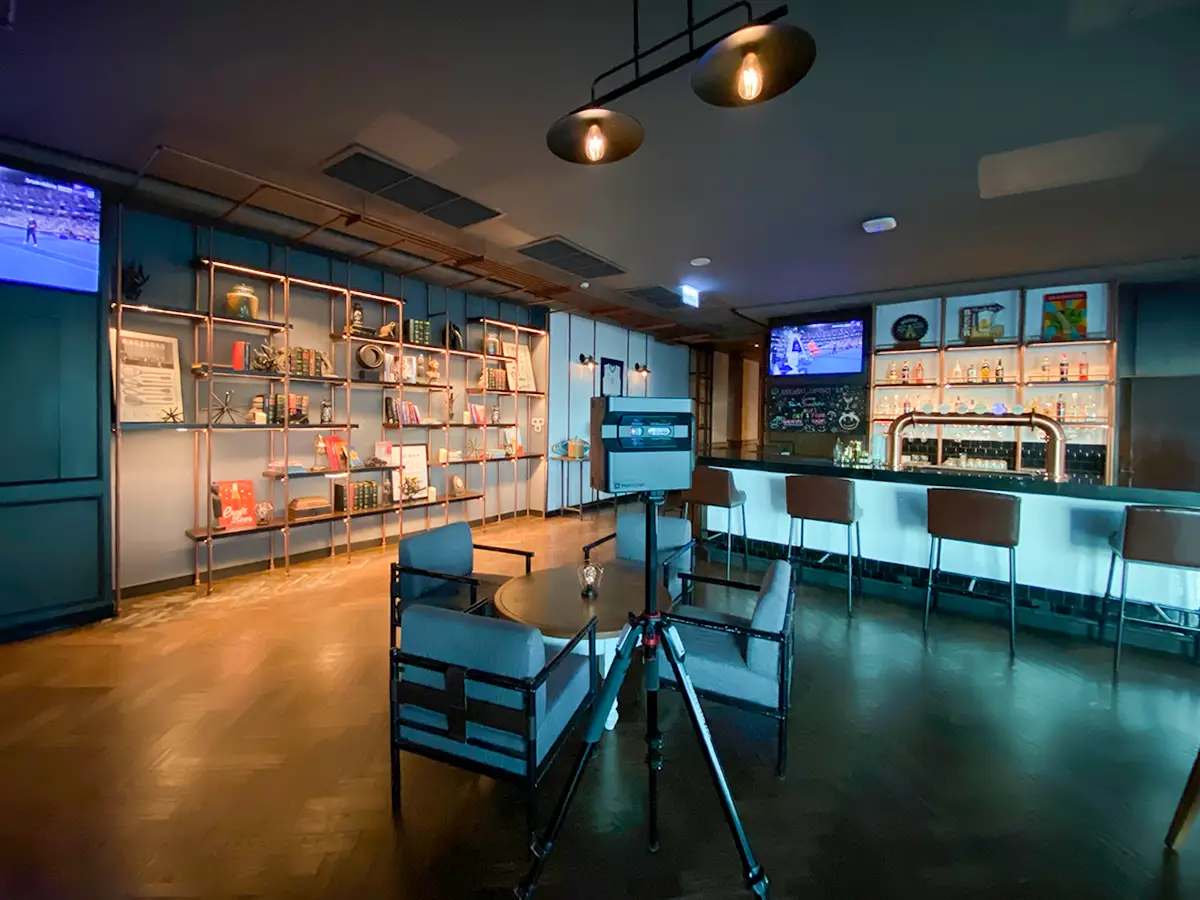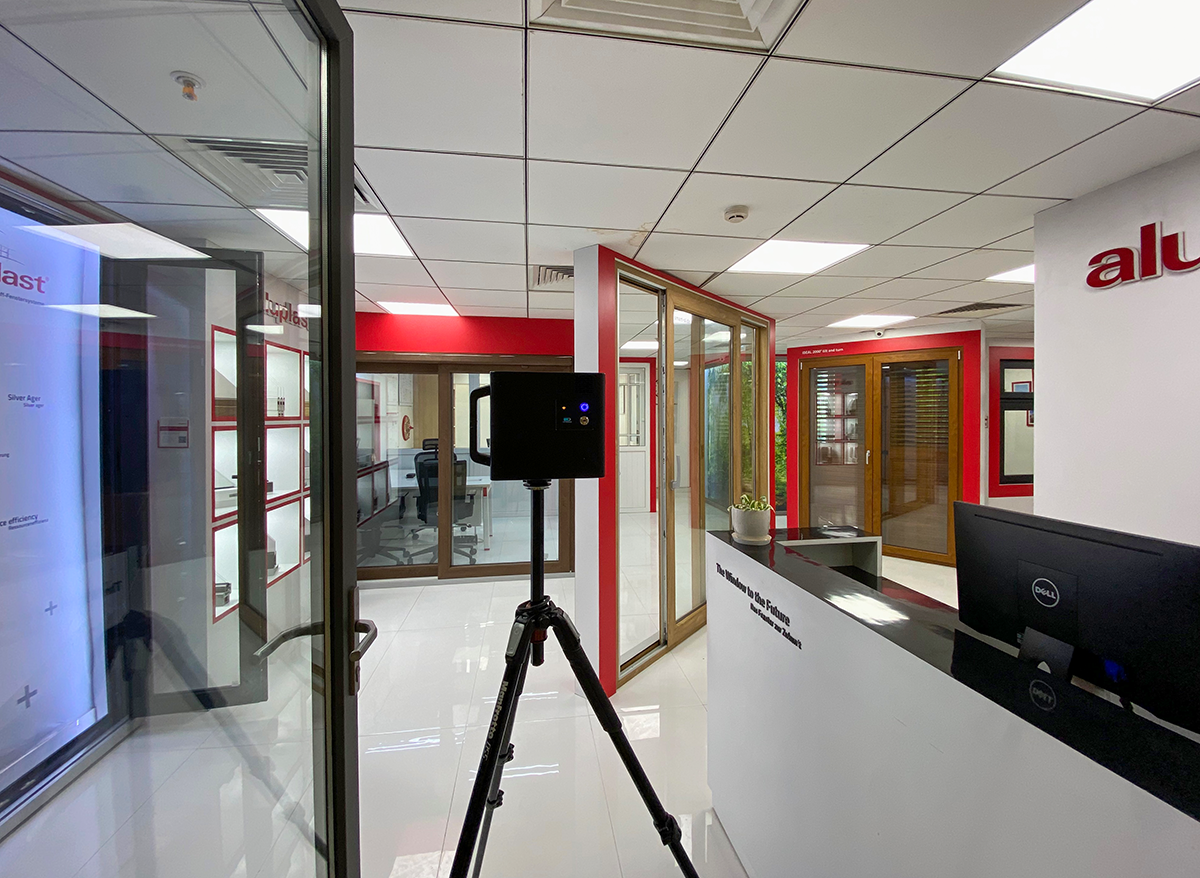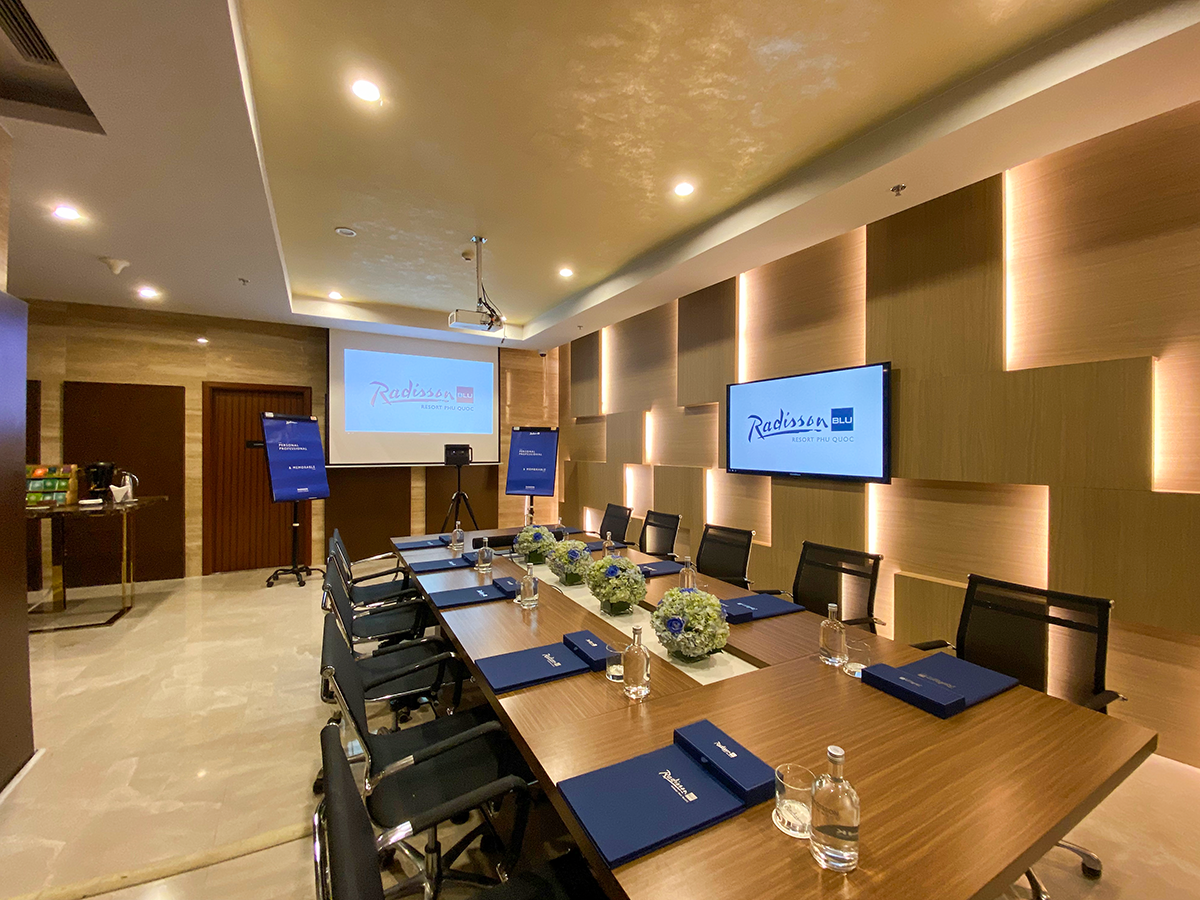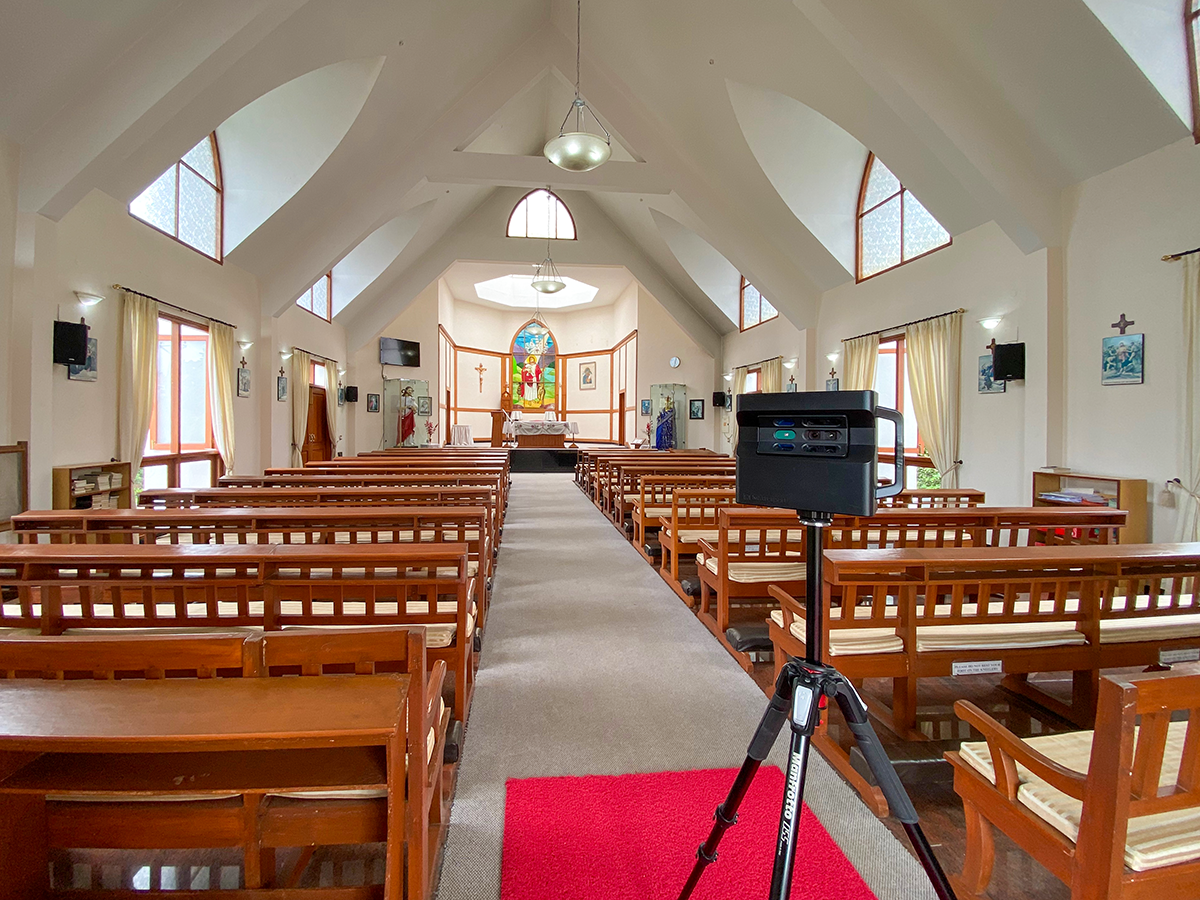Managing large-scale facilities involves coordinating maintenance, optimizing space, and ensuring safety. Traditional methods that rely on static floor plans and reactive problem-solving can be inefficient. This guide outlines how a 3D digital twin provides a data-driven approach, giving facility managers greater insight and operational control.
A digital twin in this context is a dimensionally-accurate, 3D replica of a facility, created from 3D scan data. It serves as a single source of truth for the building's as-built condition.

Application 1: Remote Oversight and Asset Management
For managers overseeing multiple sites or large campuses, a digital twin significantly reduces the need for physical travel. It allows teams to inspect assets like HVAC units, check fire safety equipment, or monitor building conditions from any location.
- Virtual Inspections: Conduct remote walk-throughs for routine checks, pre-vendor assessments, or post-incident damage evaluation, saving time and travel costs.
- Asset Tagging and Data Integration: Interactive annotations (like Mattertags) can be embedded directly onto equipment in the 3D model. These tags can link to maintenance logs, user manuals, work order systems, or IoT sensor data, turning the visual model into an interactive database.
Application 2: Maintenance Workflows and Emergency Response
A digital twin enhances proactive maintenance and improves emergency preparedness by providing clear, unambiguous visual context.
- Vendor Coordination: When a problem arises, a direct link to the specific location and asset within the 3D model can be sent to vendors. This allows for more accurate remote diagnosis, ensuring technicians arrive with the correct parts and reducing the number of site visits needed.
- Emergency Preparedness: The 3D model can be used for planning evacuation routes, marking emergency shut-off valves for gas or water, and training first responders on building layouts before they enter a potentially hazardous situation.
Application 3: Space Utilization and Planning
Optimizing space allocation is critical for operational efficiency. A digital twin provides the necessary data for informed decision-making:
- Layout Optimization: Use the accurate 3D model and its built-in measurement tools to plan office reconfigurations, warehouse layouts, or equipment placement with confidence, ensuring everything will fit as planned.
- Renovation and Retrofitting: Provide architects and contractors with precise as-built conditions before a renovation begins. This minimizes on-site surprises and costly design revisions that occur when working from outdated 2D drawings.
Conclusion
A 3D digital twin is a central platform for digitizing operations. It moves facilities management from a reactive to a proactive model by providing a complete, data-rich, and easily accessible record of a building's as-built state. This leads to more efficient workflows, reduced costs, and better-informed decision-making for the entire facilities team.


